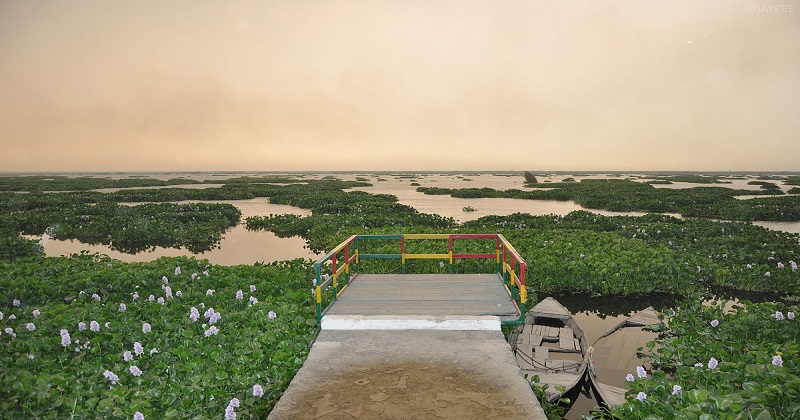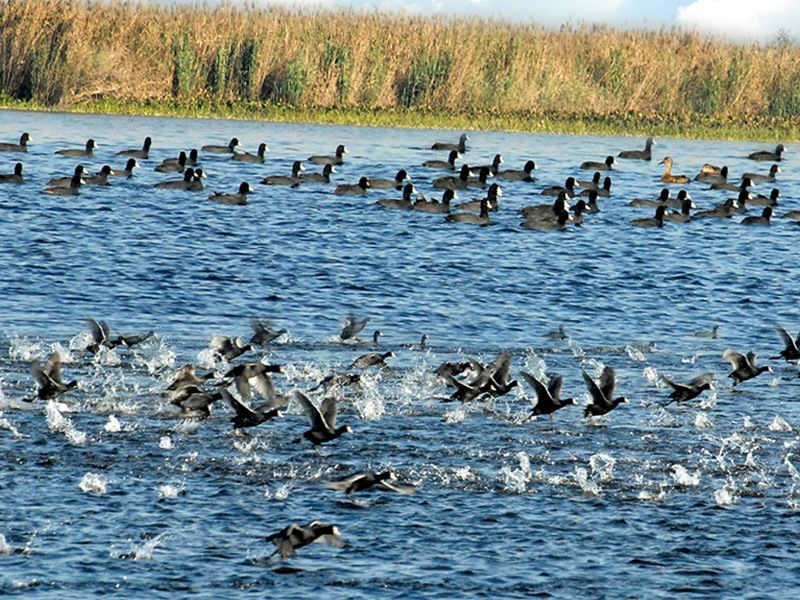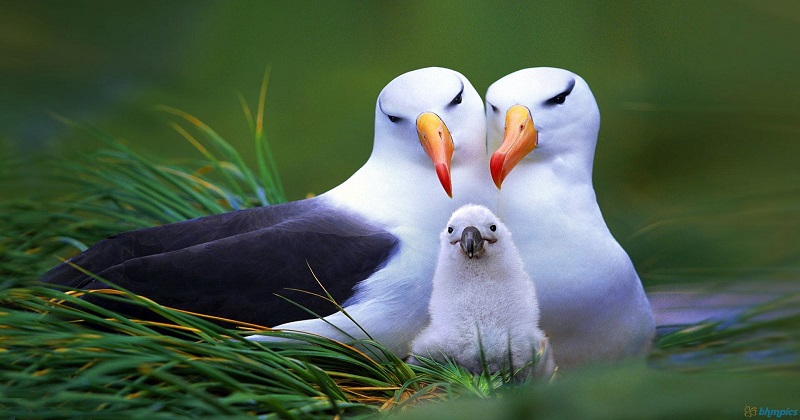
Harike Wetland is the largest wetland in northern India and is located in the Tarn Taran Sahib district of Punjab. The popular Harike Lake lies deep within the park. This man-made wetland was created as a result of the diversion constructed across the Sutlej River in 1953 and therefore stands at the confluence of Beas and Sutlej rivers.

It occupies an area of 4100 hectares and spreads into three districts of Punjab namely Amritsar, Ferozepur and Kapurthala. It is also a water source for the Indira Gandhi Canal, situated in Rajasthan. The rich biodiversity (particularly birds) of this wetland helps in maintaining the ecological as well as ecological balance and attracts a large number of tourists.
The Harike Wetland also known as Hari-ke-pattan is a famous destination for bird watchers. There are many more local attractions for visitors as it is supposedly only an hour away from the city of Amritsar.
Also Read: Visit at-least once in your lifetime: Nakshatra Van, Ranchi
The summer season is quite hot with temperature lying in the range 23?C – 45?C from March to July. Heavy monsoon hits the city sometime during July to September. The winter season lasts from October to February.
Best Time To Visit
The best time to visit Harike is during the winter months from October to February when a lot of migratory birds are known to visit the wetland.
Wildlife & Vegetation
Animals

Aquafauna is present predominantly in the Harike area. As many as 7 species of turtle and 26 species of fishes have been reported here. These include the endangered Testudines turtle, smooth Indian otter etc. Fish varieties found here include rohu, catla, channa, chitala chitala, puntinus, Cyprinus, ambasis etc. The Indus dolphin that was previously reported extinct in India and found primarily in Pakistan was recently spotted at Harike Wetland. The terrestrial animals found here include mongoose, Indian wild boar, common jackal and jungle cat.
Vegetation
The wetland is rich in floating vegetation comprising of plant species such as Eicchornia crassipes, Azolla, the lotus, Typha, Ipomoea Aquatica etc. The floating vegetation paints a stupendous picture of scenic beauty with all the colourful birds flying over. Recently the wetland faces a major threat from the widespread weed water hyacinth that seems to clog the irrigation supplies.

Post Your Comments